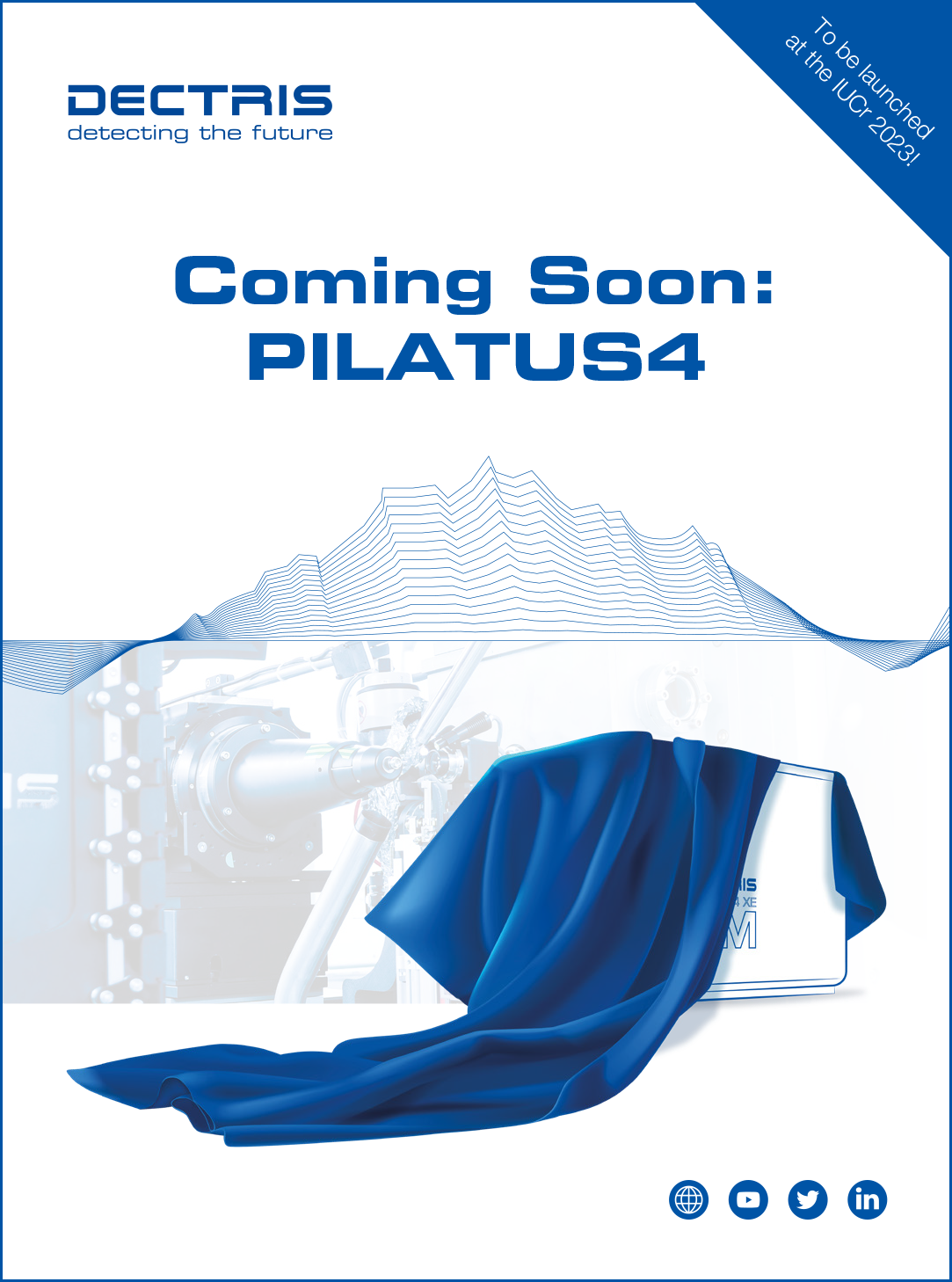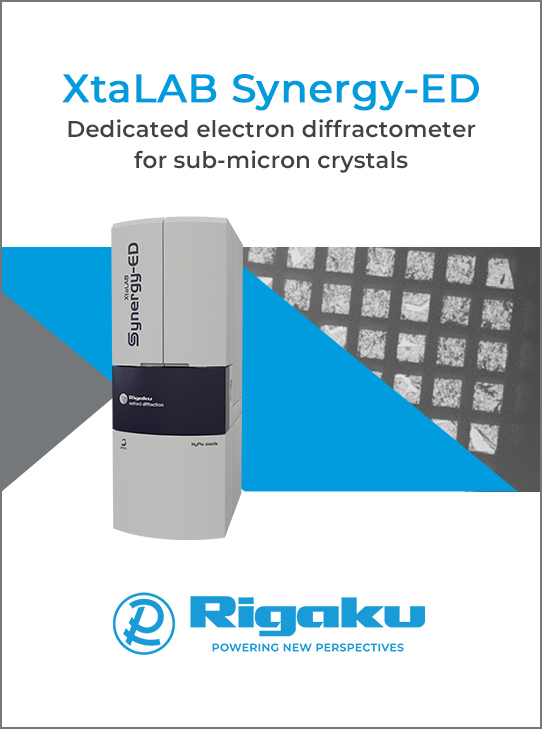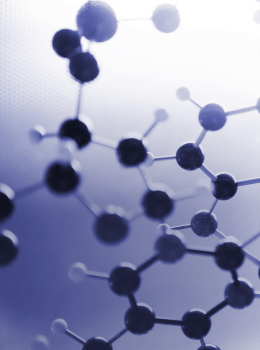


History of crystallography
A hall of fame of crystallographers and related scientists
![thumbnailsized [thumbnailsized]](https://www.iucr.org/__data/assets/image/0004/156433/thumbnailsized.jpg)
This hall of fame, the Earth Science Museum at Lomonosov Moscow State University, is part of our universal scientific and cultural values. In the current tragic situation in 2023, we are moved to dedicate this account to those brave men and women who are being persecuted in Russia for protesting and condemning the ruthless and unjustified war by their country against Ukraine.
Floors 24−28 of the famous high-rise building of Lomonosov Moscow State University house the Earth Science Museum. It was established around 1950, at the time of the inauguration of this building, where much of the university relocated from downtown Moscow. The building has a magnificent location in the Vorobyovi Hills, which were called the Lenin Hills at the time. After the collapse of the Soviet Union, their name was changed back to their pre-Soviet name, Vorobyovy Hills, but the official address of the university remained 1 Lenin Hills.
![[Figure1]](https://www.iucr.org/__data/assets/image/0005/156434/Figure1.jpg)
Layout of the museum
The top round portion of the tower houses the Rotunda, which is a festival hall. The top rectangular portion consists of five floors, and that is the museum. The museum also functions as an extended study room for students of various subjects, such as crystallography, geography, geology, anthropology, biology, environmental science, soil science etc.
When the university was moving from downtown to the new location, considerable funds were devoted to an almost luxurious interior, which has, over the decades, considerably degraded as a result of use and neglect. Still, the museum has kept much of its old glitter. A substantial part of its elegance comes from the large number – at least 75 − of busts of scientists. They were all created at the time of the museum’s establishment by many of the best sculptors in the Soviet Union at the time.
![[Figure2]](https://www.iucr.org/__data/assets/image/0006/156435/Figure2.jpg)
The five floors of the museum comprise 24 exhibition halls totaling an area of 25 hundred square meters (27 thousand square feet). On descending from Floor 28, the numbering of the halls increases, and each floor has a specific topic. Our recent book about science in Moscow [1] presents this museum floor by floor, hall by hall and bust by bust, and there are many of them (as mentioned above), including a few commemorating international scientists. In this contribution, we single out a few busts and indicate the names of the sculptors. The date of erection of the busts was uniformly around 1950. All photographs in this article were taken by the authors, unless indicated otherwise.
In this account, six of the memorials are presented, including Charles Darwin, who is mentioned for his general importance. The other five were crystallographers or closely related mineralogists and geologists. The careers of two of the scientists, Evgraf S. Fedorov and Vladimir I. Vernadsky, are presented in more detail.
![[Figure3]](https://www.iucr.org/__data/assets/image/0007/156436/Figure3.jpg)
![[Figure4]](https://www.iucr.org/__data/assets/image/0008/156437/Figure4.jpg)
Eduard Suess
Eduard Suess (1831−1914) was an Austrian geologist of international fame and a professor at the University of Vienna. He was born in London, and the Geological Society of London has commemorated his birthplace with a commemorative plaque. His family moved from London, first to Prague, then to Vienna, where he completed his studies. He researched the geography of the Alps and was a pioneer in considering the issues of ecology in scientific discussions.
![[Figure5]](https://www.iucr.org/__data/assets/image/0009/156438/Figure5.jpg)
Evgraf S. Federov
Evgraf S. Fedorov (1853−1919) was a crystallographer and mathematician [3]. He was born in Oranburg, Russia, lived most of his life in St. Petersburg, and died in Petrograd (but it was the same city). The name of St. Petersburg was changed in 1914 to Petrograd as an expression of nationalism. In 1924, it was changed to Leningrad, and today it is once again St. Petersburg, following a 1991 referendum. Fedorov’s father was a high-ranking engineer-general who died when Fedorov was 14 years old. His mother brought up her four children alone. Soon, Fedorov studied in military schools and began military service. In 1874, he left that and started attending medical school lectures, without being officially enrolled because of his lack of a proper high school (secondary school) diploma. After one year, he switched to the Institute of Technology to study chemistry. After another year, he changed again and embarked on a tour of Western Europe. He worked in typography and, upon his return to Russia, he published newspapers.
Fedorov became interested in crystallography and, in 1880, he enrolled at the Mining Institute, from which he graduated in 1883. He participated in geological expeditions in the Ural Mountains and, for a while, he and his family moved to the region in these mountains to ease their financial situation. His scientific contributions helped his advancement. He was appointed to professorships in St. Petersburg and Moscow. In 1901, at Vladimir Vernadsky’s recommendation, he was awarded the degree of Doctor of Mineralogy and Geognosy, the latter being the science of the origin and distribution of minerals in the earth’s crust – by now, an obsolete term, which has given way to a broader meaning of geology. During the 1905 revolution, he was elected to be the director of the Mining Institute. No such elections have taken place before or since. His appointment was terminated in 1910 and he continued at the institute as a Professor of Crystallography and Petrography. His highest recognition was his election to the Academy of Sciences in 1919. However, in the same year, he died of pneumonia, caused at least in part by lack of food and heating in revolutionary Petrograd.
![[Figure6]](https://www.iucr.org/__data/assets/image/0010/156439/Figure6.jpg)
Fedorov’s significant scientific production centered around crystallography. His most famous contribution is the derivation of the 230 three-dimensional space groups of symmetry. At about the same time, the English William Barlow (1845−1934) and the German Arthur Schoenflies (1853−1928) also derived the 230 space groups. The simultaneity of this discovery by the three authors, operating independently of each other, does not diminish the importance of their individual contributions. Of the three, Barlow’s achievement is rather peculiar as his approach was largely intuitive. He considered oriented motifs: he hung pairs of gloves on a rack, thereby making space group models. We know from Marjorie Senechal about his empirical approach: “He bought gloves by the gross, so the story goes, mystifying the sales lady by answering 'I don’t care’ to her first question, 'What size, sir?’” [4].
Fedorov’s lesser-known studies included a systematic investigation of space-filling parallelohedra. He determined all five that can fill the space in parallel orientation without gaps or overlaps: the cube, the hexagonal prism, the rhombic dodecahedron, an elongated rhombic dodecahedron with eight rhombic and four hexagonal faces, and the truncated octahedron. They are shown here from Marjorie Senechal [5].
![[Figure7]](https://www.iucr.org/__data/assets/image/0020/156440/Figure7.jpg)
Vladimir I. Vernadsky
Vladimir I. Vernadsky (1863−1945) was an internationally renowned geochemist, crystallographer and geologist, and a contributor to many other fields of science. He was also a science historian and an organizer of scientific institutions. His father was a descendant of the Zaporozhye Cossacks and his mother came from a Russian noble family. Vernadsky was born in St. Petersburg, studied in a Kharkov gymnasium from 1873, and completed his high school education back in St. Petersburg in 1880. During 1881−1885 he studied at the Physics and Mathematics Faculty of St. Petersburg University. He participated in soil science expeditions and was a student of the soil scientist Vasily V. Dokuchaev. Dmitry I. Mendeleev was among Vernadsky’s professors.
Vernadsky was actively engaged in mineralogy during and after his university studies. He traveled to Italy, France and Germany as part of his education. From 1890, he held professorial appointments in crystallography and mineralogy at the Imperial Moscow University. Many future well-known mineralogists were among his students. He became full professor in 1902. In 1911, he resigned along with many of his colleagues, to protest the ministerial policy of considerably curtailing university autonomy.
![[Figure8]](https://www.iucr.org/__data/assets/image/0003/156441/Figure8.jpg)
Vernadsky moved from Moscow to St. Petersburg and worked in the Geological Museum. For years he drew ever closer to the Academy of Sciences. Following the revolutions, he was among the founders of the Ukrainian Academy of Sciences and served as its first president. He did not stay long in Ukraine and returned to St. Petersburg. The next few years were turbulent in his life, as they were for the entire country, which in the meantime had become the Soviet Union. At one point, he was arrested and jailed but soon freed because of protests by various leading scientists.
Vernadsky was involved in creating institutions dealing with the new science of radioactive materials and he participated in expeditions to uncover sources of radioactive minerals. In 1922−1926 he often lectured in Paris and published a text on geochemistry in the French language. He became engaged in studies of improved utilization of natural resources and in drafting plans for the electrification of the Soviet Union, called GOELRO. He was active in building up the network of scientific institutions in Moscow after they had been moved there in 1934 from St. Petersburg. He and his closest colleagues, Aleksander E. Fersman among them, quietly survived the years of Stalinist repressions during the second half of the 1930s [1].
However, Vernadsky was not blind to the lawlessness of the tyranny and condemned its supporters among scientists. We can mention one example. Vasily R. Vilyams (1863−1939) was among the founders of soil science in Russia. Under the Soviet system, however, he concocted unscientific plans causing harm to agriculture in the Soviet Union (also in Eastern Europe after World War II, when Vilyams had long been dead but his teachings had survived) [6]. Scientists who disagreed with Vilyams may have faced tragic consequences, even execution. A few years after Vilyams’ passing, Vernadsky wrote that Vilyams left behind a bad and distorted school, and that he used inaccurate data that often contradicted reality. Vernadsky noted that Vilyams having joined the communist party did not make him a better scientist and predicted that he would soon be forgotten. Vernadsky’s assessment of Vilyams’ activities was correct, but not his prediction that Vilyams would soon be forgotten [6]. To this date, there is a conspicuous cult of Vilyams in Russia, complete with his large statue in Moscow and other measures to commemorate him and his teachings, including a bust in the Earth Science Museum. To be fair, however, Vernadsky also has a cult, deservedly, with memorials in numerous places, both in Russia and Ukraine. There is a magnificent Vernadsky Geological Museum at 11 Mikhovaya Street in downtown Moscow.
![[Figure9]](https://www.iucr.org/__data/assets/image/0004/156442/Figure9.png)
Aleksandr E. Fersman
Aleksandr E. Fersman (1883−1945) was a mineralogist, crystallographer and geochemist. The author Aleksey Tolstoy called him “the Poet of stones” [7]. Fersman completed his studies at Moscow University and was among Vernadsky’s disciples. From 1917 to the end of his life, he was the director of what is today the Fersman Mineralogical Museum at 18 Leninsky Avenue in Moscow. During World War II, he was responsible for the evacuation of the most valuable minerals from the museum and for their safe return in 1944.
Visiting the museum
The Earth Science Museum is, in principle, open to the public, and there is no entrance fee. In practice, it is not easy to be admitted, and already entering the tower of the university is possible by permission only, and entering the museum is by appointment only. Unfortunately, we cannot offer any information on how one goes about getting the necessary paperwork for such a visit (we mean under peaceful conditions; under the current war, it is meaningless to contemplate such a visit). However, if one succeeds in getting through the red tape, such a visit offers a unique and unforgettable experience, both for experts of earth sciences and crystallographers, and for laypersons as well. Our last visit was in 2019, and the visit during which we photographed all the busts in the museum took place in 2016. On both occasions, our visits were arranged through personal connections rather than through official channels. The associates of the museum are most helpful in assisting the visitor; they are exceptionally knowledgeable and display obvious pride in presenting the riches of their institution.
Literature references
[1] Hargittai, I. & Hargittai, M. (2019). Science in Moscow: Memorials of a Research Empire, ch. 3, pp. 101-129. World Scientific.
[2] Hargittai, I. & Hargittai, M. (2021). Science in London: A Guide to Memorials, ch. 5, pp. 238-239. Springer Nature.
[3] Evgraf Stepanovich Fedorov, Wikipedia.
[4] Senechal, M. (1990). Historical Atlas of Crystallography, edited by J. Lima-de-Faria, p. 49. Dordrecht: Kluwer Academic Publishers.
[5] Senechal, M. (2013). Shaping Space: Exploring Polyhedra in Nature, Art, and the Geometrical Imagination, p. 105. Springer.
[6] Hargittai, I. & Hargittai, M. (2019). Science in Moscow: Memorials of a Research Empire, ch. 6, pp. 247-248. World Scientific.
[7] Alexander Evgenievich Fersman, Wikipedia.
Copyright © - All Rights Reserved - International Union of Crystallography







